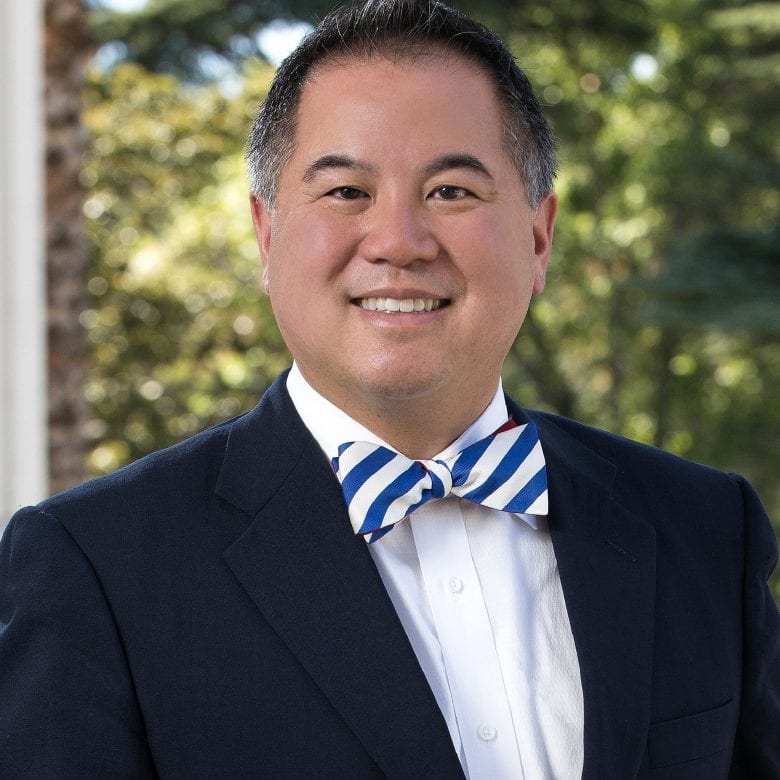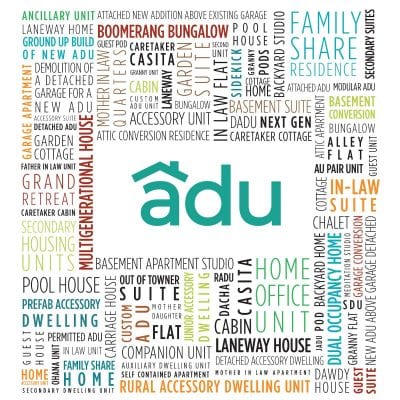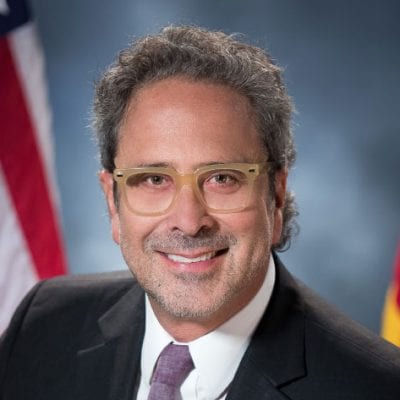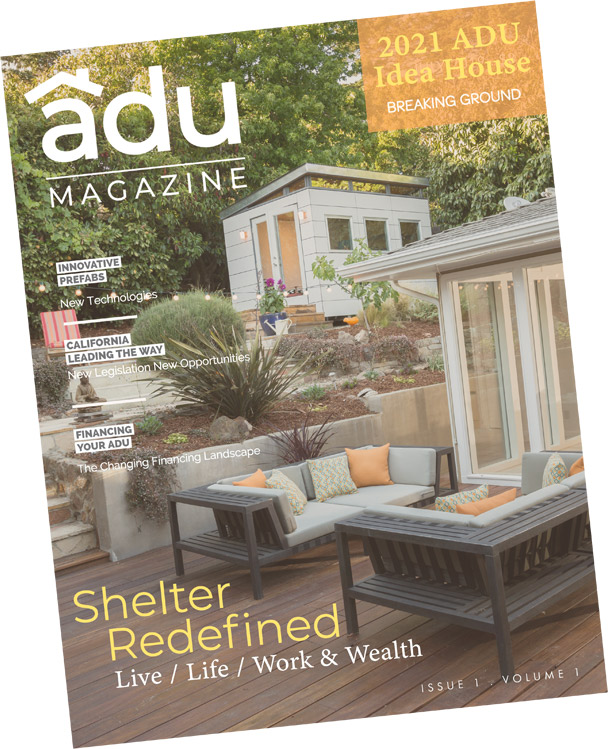Phil Ting
Accessory dwelling units have always existed in Phil Ting’s neighborhood in San Francisco, the Sunset District. It’s just been in recent years, with the help of Ting, who serves the area in the State Assembly, that ADUs have come out from the shadows around the state, finally becoming approved, permitted, and legalized en masse.
Ting spoke to ADU Magazine about the landmark bill he authored, AB 68 and how it’s helping to address California’s housing crisis. Following find selected highlights and excerpts from that Question and Answer Session.

– Phil Ting
ADU Magazine: What inspired you to create AB 68?
Phil Ting: AB 68 was the second try at doing streamlined legislation. We tried the year before and unfortunately were unsuccessful because we got into some interim house conflict.
But clearly, in California we have a housing supply shortage and in particular, we have an affordable housing supply shortage. What’s great about ADUs is they don’t cost very much to build. So they also, because they tend to be smaller units, they become cheaper units on the open market.
We’ve been struggling on how we can increase housing supply in California. Unfortunately, we have many neighborhoods, actually most neighborhoods are resistant to increasing housing development. But ADUs are one of the few types of housing that almost every neighborhood is open to because it’s not a developer going into the neighborhood. It’s their neighbors. It’s their neighbors adding another unit or two in their backyard or in their garage and it’s usually for relatives or for their children.
So, it’s a real great opportunity to increase the number of units that we need in California, but at the same time do it in a way that most people find acceptable.
ADU: Have neighborhoods always been accepting of ADUs or has that changed more in recent years?
PT: I don’t think people thought much about ADUs. It’s probably only in the last 20-30 years that California started to feel constraint. Even probably 20 years ago, people felt like there was plenty of land, that land was in supply, it wasn’t constrained. I think it’s really in the last 10 years that we’ve started to feel that effect tighten significantly. I think those constraints have always been there, but I just think that people weren’t as (interested) in them.
ADU: Do you think the California Environmental Quality Act, or CEQA makes ADUs especially popular in California?
PT: I think what makes ADUs popular in California is the people who are building them. The people who are building them are the neighbors.
ADU: What ways do you see your bill changing the real estate landscape of California?
PT: I think it’s a piece of the puzzle. It doesn’t get us all the way there. We need to build millions more units. Without a COVID economy but in a regular economy, people could be building about 50,000 ADUs a year. That’s a huge number of new units, but it does get us to… the millions of homes that we’re short in terms of supply. But it does really help us move closer to that solution.
ADU: In the legislature, do you see support for ADUs these days on both sides of the aisle?
PT: I do. I think ADUs have always been popular but they haven’t always been publicly popular. Because ADUs have been built for decades. But sometimes they were built without permits. Other times they were built without approval. So, they were getting built and they were popular to build. But there just wasn’t this widespread acceptance.
In fact, I remember, probably in the ‘90s or in the early 2000s, even in San Francisco, if you said the word, ‘in-law,’ in my neighborhood, in Sunset, it was considered a bad word. People didn’t like in-laws. They were getting built. They were all getting built under the table without permits, but people didn’t like them.
Now, there’s a lot more acceptance of them, I think partly because people want their kids to move back home. People want to move their parents in and it’s a great solution when you can have a child or a parent still live at home with you, but still have their freedom and independence.
ADU: I know land is so tight in the Sunset vicinity. It’s really hard to find space for anything.
PT: It’s very common. What happened is most of those homes, the first floor, it’s a garage and it’s also just kind of a basement… What people thought is, ‘I don’t need this much storage. I’m going to build out part of this to have some more room and have some more bathrooms’ … in the Sunset and the Richmond.
ADU: Do you see California leading the way with ADU legislation?
PT: We probably have the most acute or one of the most acute housing shortages. Housing here is extraordinarily expensive. It’s not just expensive in one city. It’s really expensive up and down the coast of California.
We have not been building enough housing and that’s led to skyrocketing rents and it’s also led to huge numbers of people who are homeless. These are solutions that I think we are trying to use to tackle the serious problems that we have.
ADU: What do you think is next for ADUs in California? That could be a bill on financing or appraisal or homeowner incentives?
PT: I think we got to make it easier for people to get loans … to get ADUs. They can maybe use it for financing capital and that’ll be the next big hurdle.
Many of these companies have already started to figure that out. You have companies, they’ll get access to somebody’s, say, garage in LA, and then build out the garage and then they either split the income stream with the owner or the owner can buy them out or can pay them back. It’s a really fascinating model.
ADU: With the pandemic, are you hearing at all about people in your district being incentivized to build ADUs to get extra cash coming in?
PT: I think people are going to be looking at land and housing’s a scarce resource. I think if they have the ability to maximize those resources, I think they’re going to take a look at it for sure.
*This interview has been edited for length and clarity.
- Graham Womackhttps://adumagazine.com/author/graham-womack/
- Graham Womackhttps://adumagazine.com/author/graham-womack/
- Graham Womackhttps://adumagazine.com/author/graham-womack/
- Graham Womackhttps://adumagazine.com/author/graham-womack/








